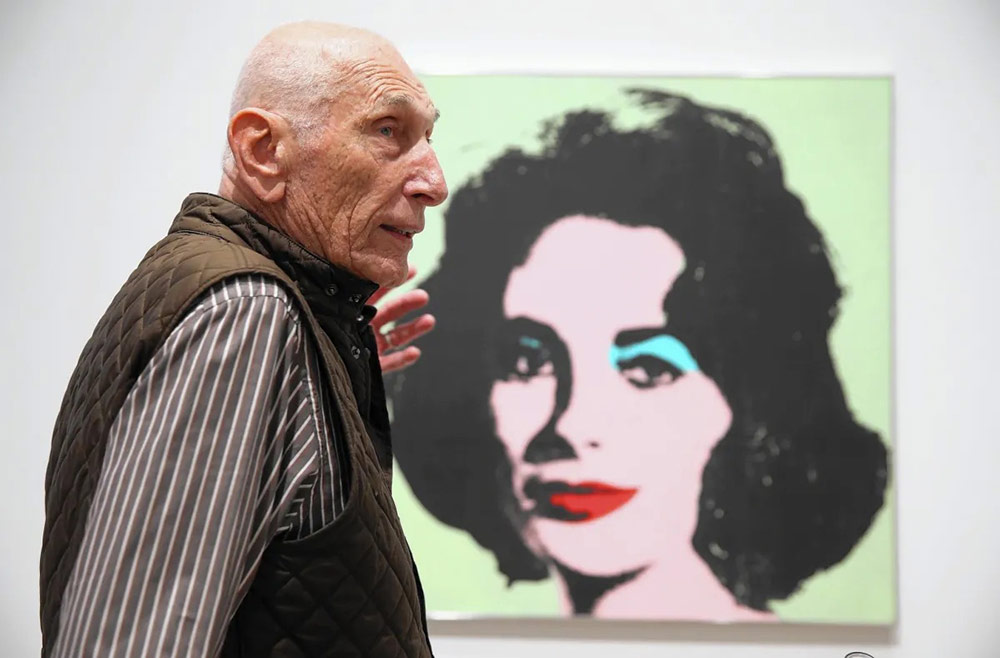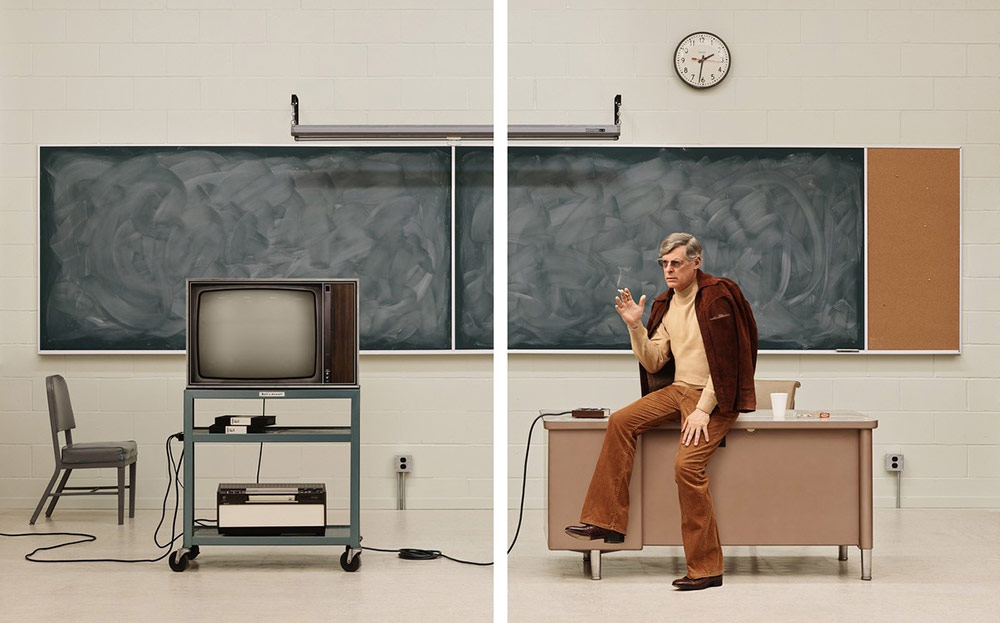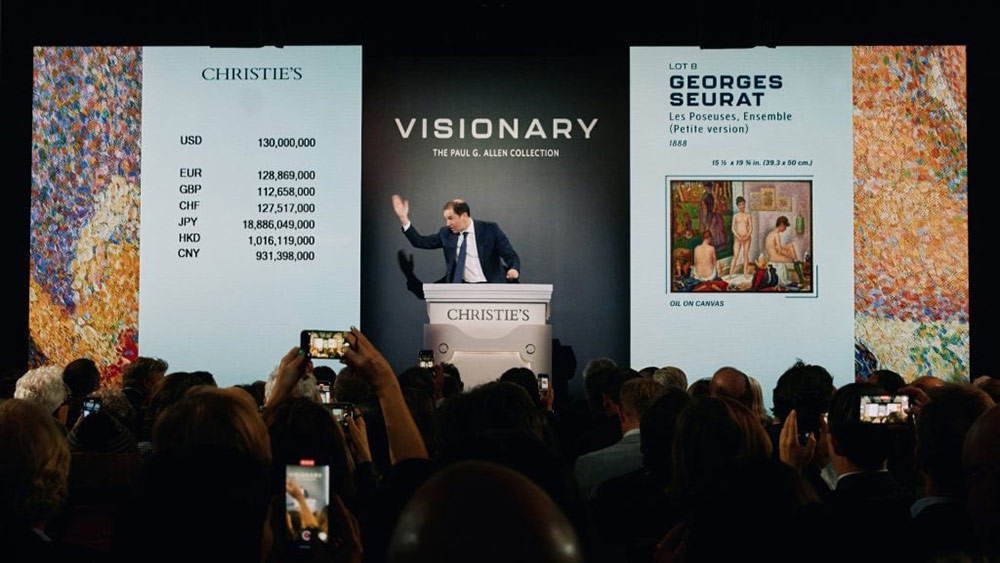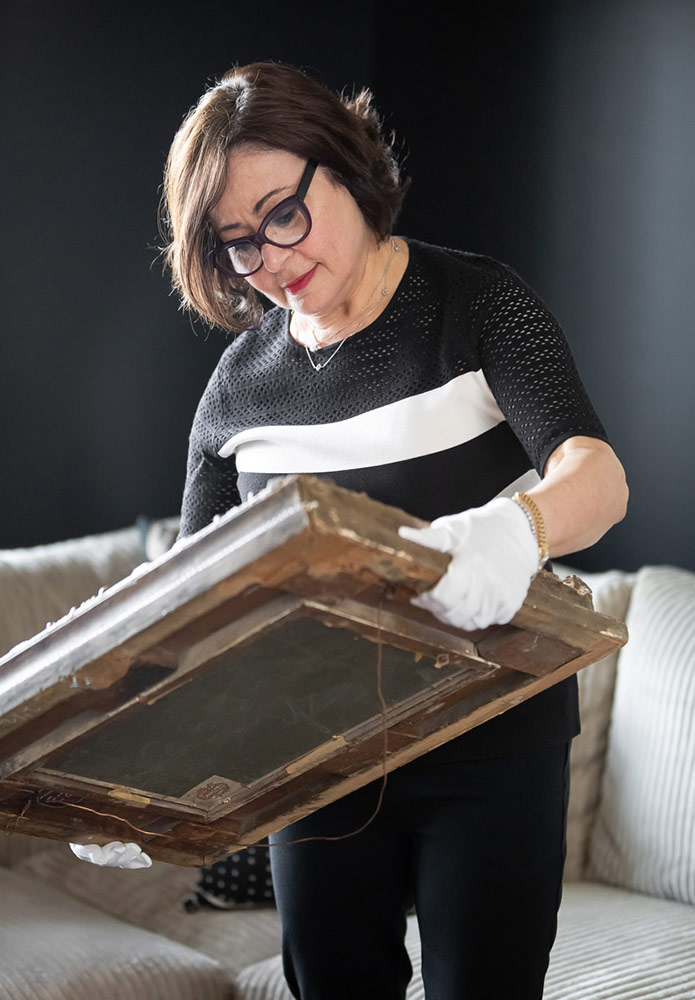

As the largest generational wealth transfer in history unfolds over the next two decades, many art collectors are left wondering: what happens to their cherished pieces when they’re no longer around to enjoy them. Art collecting isn’t just about acquiring beautiful objects—it’s about curating a legacy. Whether you’re amassing Old Masters, contemporary works, or an eclectic mix of pieces that spark joy, planning for the future of your collection is a crucial part of preserving its meaning and value. After all, you’ve spent years (and likely a good chunk of money) building a collection that reflects your tastes, passions, and perhaps even your investment acumen. It would be a shame for it all to end up in an estate sale next to someone’s old exercise bike.
What happens to my art after I die?
Let’s face it—none of us are getting out of here alive. But your art can outlive you, and where it goes can be up to you. There are several options worth considering, each which bear benefits to heirs, institutions and philanthropic causes.
Leaving your art collection to your heirs
Some collectors pass their artworks down to family members. If you have specific wishes, spell them out in your estate plan — ideally with input from an art advisor or art-savvy attorney. This ensures that your carefully curated collection doesn’t become a source of confusion, family drama, or worse, a tax nightmare.

“When planning your art succession, it’s important to focus on two key elements: who receives each artwork and their values,” says Robert Vineberg, partner at Davies Ward Phillips & Vineberg. Vineberg continues, “you can allow your potential heirs to choose pieces today in rotation and specify in your will or letter of wishes the choices made by each, or you may decide that they make those selections after your passing. Alternatively, designate specific recipients for each item or leave it to your executors. Selling the artworks and dividing the proceeds is another option, especially when the heirs have their own personal aesthetic. Be sure to maintain records of all documents including bills of sale that your executors will have access to. Your executors will also need the current market value, which is where your art advisor can help.”
Gift to public institution


Other collectors choose to donate key works to museums or institutions, ensuring public access and cultural preservation. Donating cultural property to museums, hospitals or educational institutions, supports both the donor’s philanthropic goals and the institution’s mission to preserve and promote cultural heritage. As recommended by a curator of a well known public collection: “Institutions appreciate planning ahead. When a collector and their advisor come to us regarding a future gift, and involve us in the process, it is beneficial to everyone.”


Selling work privately or at auction
A collector or heir may choose to deaccession a single work or entire collection and have several options to do this, be it through a private sale with a reputable dealer, or send it to auction. Your art advisor can guide you as to which avenue will be most beneficial, as each option carries its unique benefits and risks.

Role of an Art Advisor

A trusted art advisor can be invaluable. Their expertise in market trends, art valuation, and estate planning can help you make sound decisions that honor your wishes. Your heirs should really have an understanding of values and provenance of individual works throughout your life and theirs so they do not feel overwhelmed when faced with the daunting task of divesting or dividing the collection.
Collect wisely, plan ahead, and ensure your art lives on—even if you won’t be around to see it.
If you would like to learn more about the future of your collection, or managing an estate, please get in touch.




